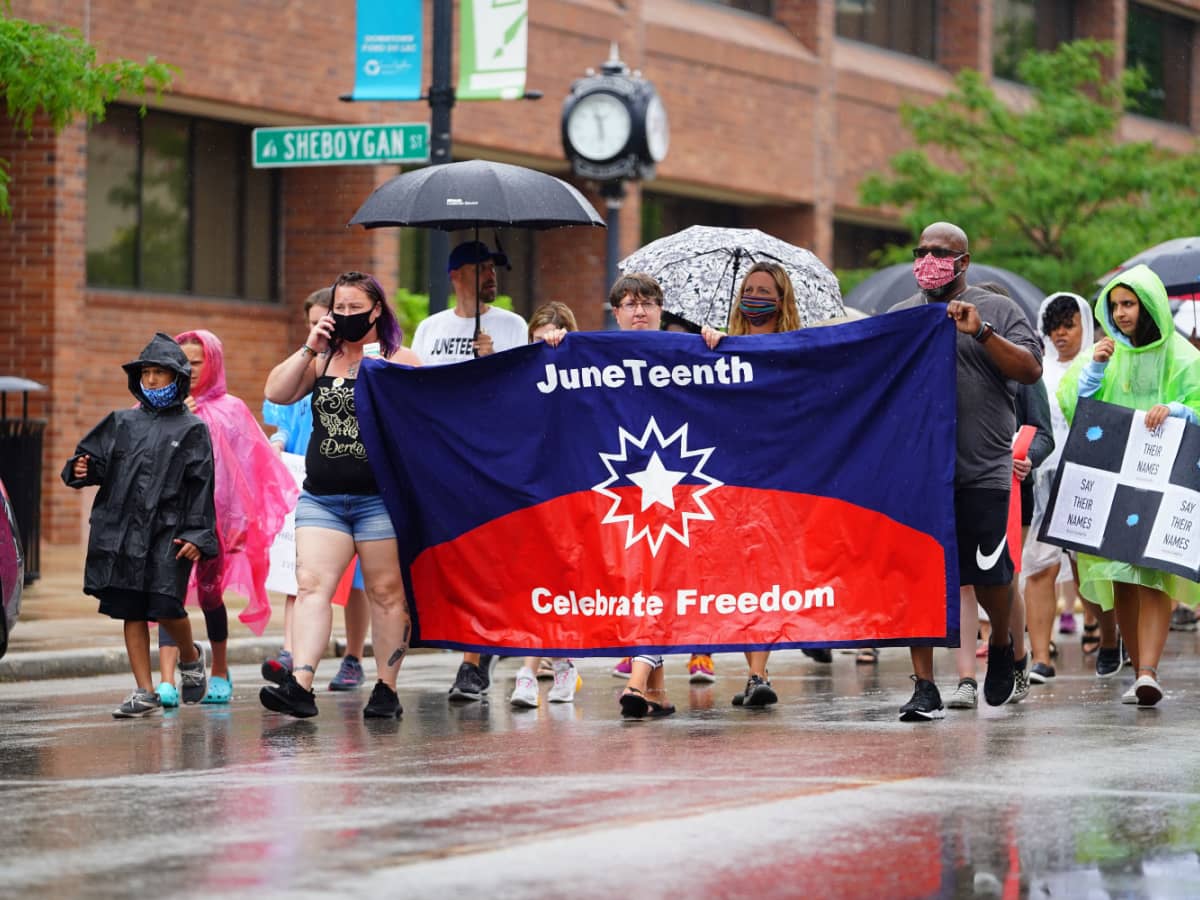"I was told I would go to hell," she said. "I was always scared to be an Indian as far as the Catholic Church went. I was scared of my Native American beliefs."
The 44-year-old is now at the forefront of a burgeoning movement to encourage American Indian Catholics to meld their native culture with their Catholicism.
She recently served as chairwoman of a conference on the subject that brought together more than 1,000 Catholic Indians. The annual conference is named after Kateri Tekakwitha, who in 1676 became one of the first American Indians to be baptized into the Catholic Church and could become the first declared a saint by the pope.
"This conference lets them celebrate their unique way of being Catholic," Berridge said.
An increasing number of Indian Catholics "are looking for an opportunity to express their Catholic faith in ways that fit their native culture," said the Rev. Steve Boes, director of the St. Augustine Indian Mission in Winnebago.
Most of the nation's more than 500 tribes recognized one spirit or creator--known as Ma'una in Winnebago.
"My ancestors believed in that higher being," Berridge said. "We believed that before the white man came and taught us about God."
Indians, in fact, were quicker to accept Catholicism than the church was to recognize their ancient beliefs, Boes said.
"Most of the elders...I've spoken to accepted the teachings of Jesus as being in line with their ancient beliefs--and that's true for a great number of Native Americans," Boes said.
"Jesus is the new part. "Their great spiritual leaders have found similarities in the teachings and stories in the Bible and in their own culture," he said. "It's a matter of believing that the Holy Spirit was at work long before white Christian missionaries ever showed up."
Many parishes incorporate Indian symbols, songs, and traditions in their Masses.
At St. Augustine's, for example, Boes burns sacred cedar branches instead of incense, spreading the fragrance with an eagle feather instead with an ornamental censer.
"The Winnebago and Omaha people believe cedar purifies-- it helps to take away sin," Boes said. "That natural symbol fits perfectly with the penitential rite of the Catholic Church...we ask God to lift us up and to purify us."
The congregation also incorporates Native American songs and music at Mass.
Monsignor Paul Lenz, executive director of the Bureau of Catholic Indian Missions in Washington, D.C., stressed that such practices should not alarm traditional Catholics.
"It's Catholic spirituality with the Native American culture," he said. "The Indian culture is able to be joined...with the liturgy of the church."
Many Catholic missionaries abhorred intermixing the Indian culture with Catholicism and demanded strict adherence to the church's Roman liturgy well into the 20th century.
It wasn't until the church's Second Vatican Council, in the 1960s, that church leaders began to reach out to native cultures across the globe. "They very much encouraged these people to use their symbols and bring them into the liturgy," Hatcher said.
"It was a real change in direction in terms of respecting the culture of people and basically saying that when the gospel is preached in any culture, we have to realize that God was already there and we have to welcome the gifts of that culture into the church."
Hatcher said the church is trying to determine the number of American Indian Catholics in the United States, but it is estimated to be about 400,000. He said many of them have yet to feel comfortable with melding their culture with the church.
"But it's sort of a liberating experience when that happens," he said.
Berridge experienced an epiphany at her first Kateri conference in Spokane, Wash., in 1981, when she attended a sunrise Mass said by an ordained Catholic priest who also was an Ojibwe medicine man.
"He said that we have to understand that we were Native Americans before we were Catholics and that we can't forget those roots and our beliefs and traditions," she said.
"The thought in my mind was, 'Does he know he's going to go to hell?'"
Berridge said she has forgiven the nuns who ordered her to abandon her heritage. "I'm Catholic because I choose to be," she said. "Nobody can tell me anymore what I have to be or how I have to dress or how I have to talk."

